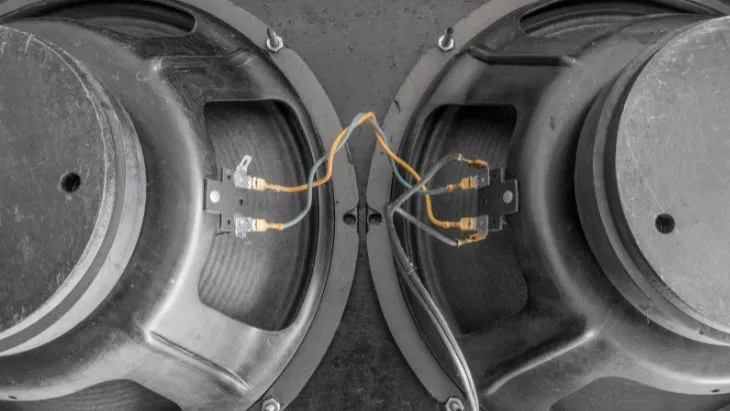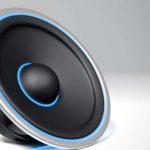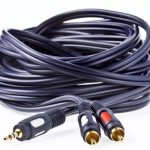Speaker impedance is a critical specification that lets you know how easy or hard it is to drive the speaker. Essentially all loudspeakers come with an impedance rating, usually measured in ohms. Most buyers are often confused by speaker impedance, especially when it comes to connecting speakers with different impedance ratings to an amplifier or AV receiver.
One important thing that you’ll need to keep in mind when choosing speakers is to always match speaker impedance with the amplifier or receiver. Mismatching impedance not only results in sound distortion but it also damages your components. To combat the confusion, most speaker manufacturers have made it easier to match speaker impedance with the output from your amplifier or receiver.
One of the most frequently asked questions in many forums is, can you wire two 8 ohms speakers to equal 8 ohms load? Well, 8 ohms speakers are used for just about any application, including home stereo systems, car audio and outdoor events, so it is not uncommon for people to ask this question.
Can you wire two 8 ohm speakers to equal 8ohms?
From an expert point of view, we’d say it is practically impossible to wire two ohms speakers to equal an 8 ohms load. As we stated in the introduction, the speaker’s impedance needs to match the total amplifier load, so for an 8 ohms load, you can only use a single 8 ohms speaker. Now, how do you go about wiring your two 8 ohms speakers, or which options do you have?
Ideally, the only practical options you have for wiring two ohms speakers include;
i. Wiring one 8 ohms speaker to an 8 ohms load
This option is pretty straightforward, but the only drawback is that you only have to use one speaker. However, matching the speaker impedance with the amplifier is going to maximize the efficiency of your system without interfering with the frequency range. If the amplifier impedance exceeds your speakers’ output, the higher frequencies tend to suffer. On the other hand, when the speakers’ impedance is higher than the amplifier output, it degrades the lower tones (lower frequencies).
ii. Series wiring
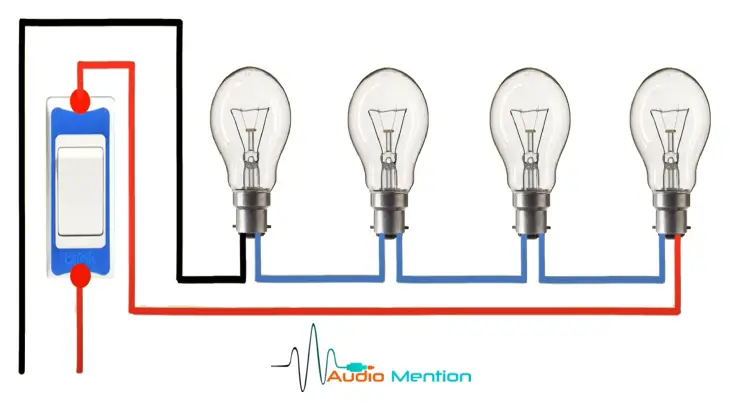
The second way you can safely connect two 8 ohms speakers to a single power amp is by connecting them in a series wiring configuration. When connecting speakers in series, the positive terminals of the speakers hook to the negative terminal on the amplifier. The vice versa is also true for the negative terminals.
The idea behind the series connection is to increase the impedance by two times. So in our scenario, two 8 ohms speakers will provide you with a total load of 16 ohms. The increased impedance load somewhat reduces the efficiency of the amplifier, but it helps the amp operate within its safe parameters.
iii. Parallel wiring
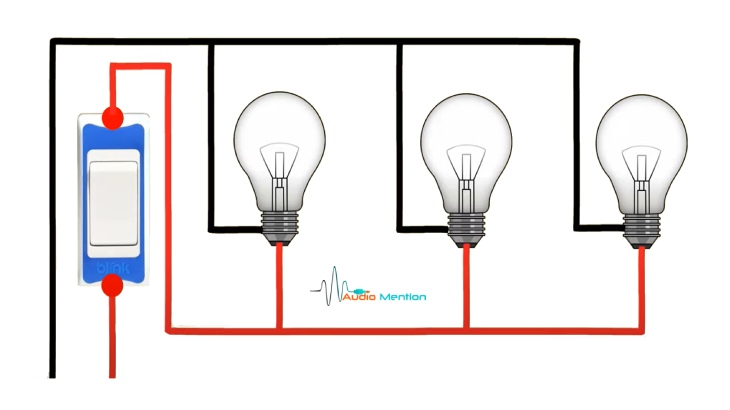
A parallel wiring configuration is the exact opposite of series wiring. When wiring two 8 ohms speakers in parallel, you’ll need to plug the positive speaker terminals into the amplifier positive and vice versa. In a parallel connection, the total final load is obtained by dividing the resulting impedance load by the number of individual loads.
This is because speakers wired in parallel yield the same resistance, so if you are wiring two 8 ohms speakers in a parallel connection, the two are going to yield a total of 4 ohms. It is common knowledge, that the less the resistance, the higher the amplifier efficiency. This also means your amplifier will have an easy time driving the speakers.
The speakers also tend to be louder than speakers wired in series for obvious reasons. A parallel connection reduces the speaker resistance which in turn increases the current flow. Reduced resistance also increases the amp output hence making your speakers play louder.
How to connect two speakers to an 8 ohms amp
If your amp is specifically rated to run an 8 ohms load, the only way you can make the best use of your system is by connecting two 4 ohms speakers in series or get two 16 ohms speakers and wire them in parallel.
Either of these configurations should work well with any amplifier designed to run an 8 ohm minimum load. The only drawback with this kind of setup is that the amp may not operate optimally. But the good thing is that the connections are safe, and it does not damage your components.
Alternatively, you can still choose to use two 8 ohms speakers and wire them in a combination circuit (series-parallel configuration). For this project, you’ll need to get a set of two speakers with dual voice coils to ensure a seamless connection.
The setup requires that you first wire the two 8 ohms speakers using a series circuit for a total of 16 ohms. The next set of voice coils is then wired in parallel to yield a total of 8 ohms. However, this approach is not always accurate, and it is not the most ideal option if you require maximum performance from your amplifier.
The Bottom Line
The easiest way you can enjoy maximum benefit from an 8 ohm amplifier is by connecting a single 8 ohm speaker. However, you may want to ensure that the speaker can safely handle the amplifier’s maximum power output. That way, you can be assured of optimal transfer of power from the amplifier to your speaker. In addition, the risk of damaging the speaker from incorrect impedance load is greatly minimized.
Michael Evanchuk is a San Francisco-based sound engineer with 20 years’ experience installing, troubleshooting, and repairing commercial, automotive, and household sound equipment. Evanchuk owns an auto stereo center, where he offers highly competitive car audio installation and repair services. He has written dozens of articles on different sound engineering topics, all of which have been published in leading journals, blogs, and websites.

